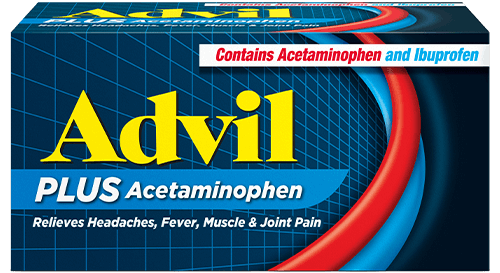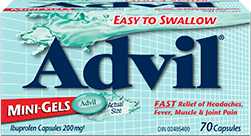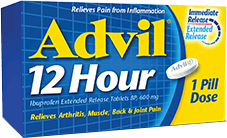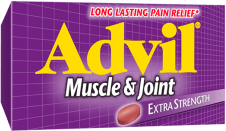Understanding Arthritis
Learn more about arthritis and how to treat arthritis pain
More than 6 million Canadians have arthritis, affecting 1 in every 4 women and 1 in 6 men. Although it is often thought of as a disease of the elderly, it can strike at any age. In fact, more than half of those with arthritis are under the age of 65.
What Is Arthritis?
There are more than 100 different related conditions that are grouped under the category of “arthritis.”
The most common one is osteoarthritis (OA), which afflicts more Canadians than all other forms of arthritis combined. OA is a progressive disease that leads to the breakdown of joint cartilage (the tough elastic layer that covers and protects the ends of bones) and, eventually, to the breakdown of the underlying bone. The joints most commonly affected by this form of arthritis are the knees, hips, spine, hands, and big toe.
When OA first occurs, symptoms may come and go, but as the condition progresses, the symptoms become more persistent. Among the most common joint symptoms are:
- Pain
- Stiffness
- Swelling
- Grinding sensation in joints
- Creaking sounds from joints
- Feeling that the joint is buckling or giving away
- Loss of function
Another common type of arthritis is rheumatoid arthritis (RA), which affects about 1% of Canadian adults. RA is a type of “inflammatory arthritis” in which the body’s immune system mistakenly attacks the body’s tissues as if they were bacteria, viruses, or other foreign substances. This causes pain, stiffness, and joint damage that can lead to joint deformity. RA most commonly affects the small joints of the hands and feet, the wrists, elbows, shoulders, knees, and ankles. Pain symptoms include discomfort in multiple joints and joint stiffness (especially in the morning) that lasts an hour or more, with more joints being affected as the condition progresses.
Only a healthcare practitioner can diagnose whether what you have is arthritis but to help you communicate more effectively with your doctor, the Arthritis Society has created a simple tool to help you assess your symptoms.
How do I relieve my arthritis pain?
- Talk to your doctor about prescription drugs or take an over-the-counter medication such as ibuprofen to relieve pain.
- Stay active with a properly planned workout to reduce pain and strengthen the muscles around your joints.
- Apply heat or cold to ease achy joints, but avoid applying heat to an inflamed joint if you have RA.
- Maintain a healthy weight
- Avoid smoking.
For more tips on living with arthritis, see: Tips for Living with Arthritis.
Be sure this product is right for you. Always read and follow the directions on the label. This information is provided for educational purposes only and should not be used as a substitute for professional medical advice, diagnosis, or treatment. Speak to your healthcare professional before making any changes to your lifestyle or before beginning or discontinuing any course of treatment. Never disregard professional medical advice or delay in seeking it because of something you have read on this site.





